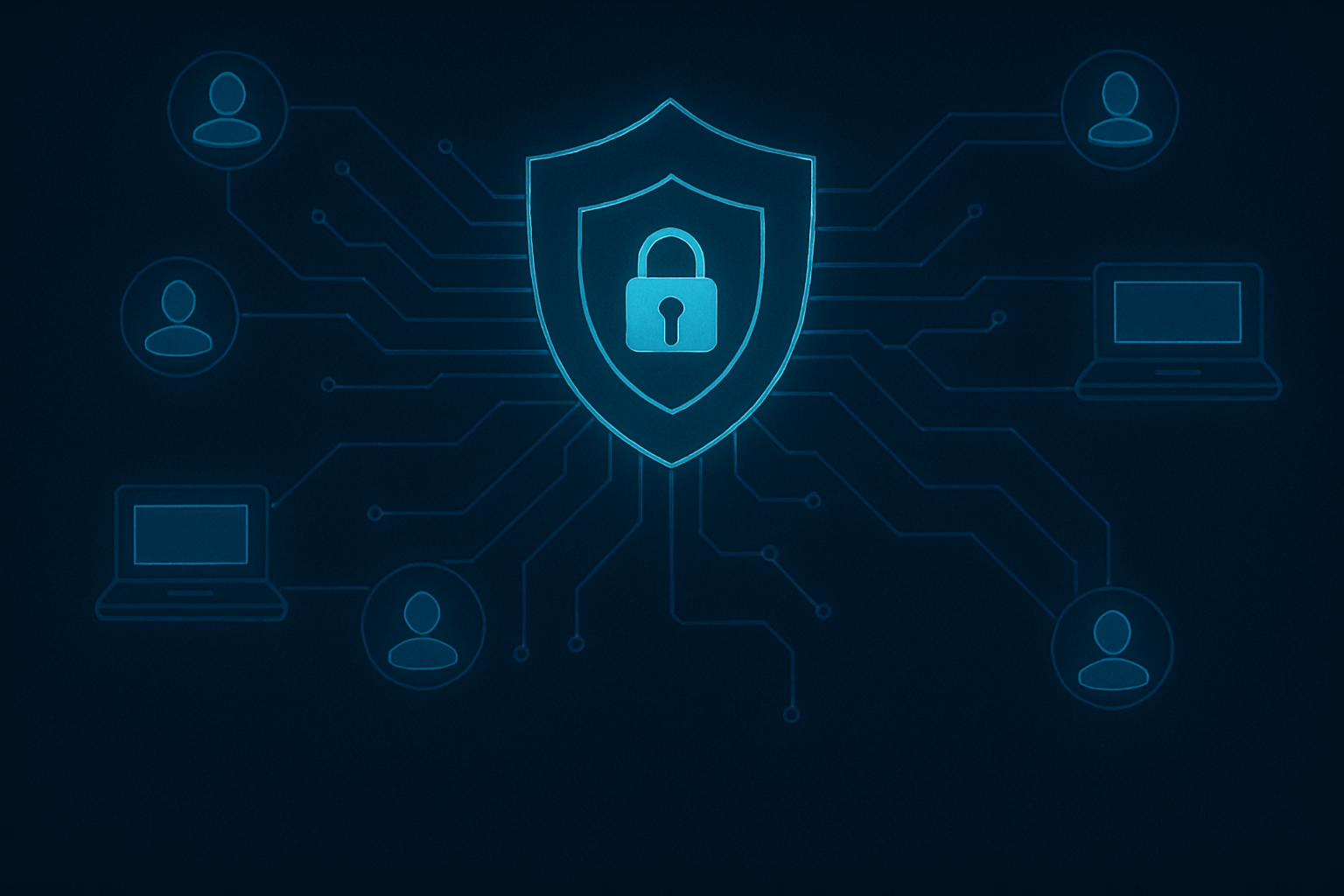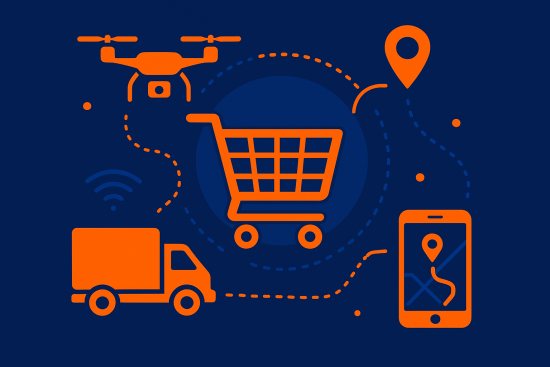
Introduction
In today's digital age, where hybrid and remote environments have become the norm, cyber threats have evolved. Traditional security models are no longer sufficient to protect corporate infrastructures in this new landscape. This is where the Zero Trust model comes into play, offering a more rigorous and efficient approach to managing security risks.
Zero Trust is a security model based on the principle of "never trust, always verify", which means that regardless of whether the user is inside or outside the corporate network, every request must be authenticated and authorized. In this article, we will explore how to implement Zero Trust in hybrid and remote environments, giving you a practical guide to protect your organization, keep data secure and manage access efficiently.
Table of Contents
What is Zero Trust?
Definition: The Zero Trust model is a security approach that assumes that all connections, whether internal or external, should be treated as if they were of unknown origin. No implicit trust is assumed for users or devices, regardless of their location.
Basic principle: At Zero Trust, access is granted only after thorough verification of identity, authentication, and authorization, using granular controls to minimize the risk of unauthorized access.
Example: A remote employee who wants to access a confidential document must go through a multi-factor authentication process, and will not be granted access to other areas of the network without being properly verified.
Security challenges in hybrid and remote environments
Vulnerabilities: With remote work and hybrid environments, employees use personal devices and networks that are not always secure to access company resources. This creates multiple entry points for potential cyber attacks.
Implicit trust risks: Traditional security models assumed that everything within the corporate network is trusted. This no longer holds true when employees are working from anywhere, often outside the physical boundaries of the enterprise.
Example: An employee connecting to the company's VPN from a public network may be vulnerable to attack if appropriate security measures are not implemented.
In addition to traditional vulnerabilities, remote work also opens doors to new threats, such as deepfakes, which can be used to impersonate and deceive employees or authentication systems. If you want to know more about how to protect yourself against these attacks, we invite you to read our article on how to defend your organization from deepfake attacks. here.
How to implement Zero Trust in hybrid and remote environments?
Authentication and access authorization: Each access attempt must be verified, not only at the start of the session, but continuously. Use multi-factor authentication (MFA) and identity and access management (IAM) tools to ensure that only authorized individuals can access resources.
Network segmentation and access: Divide the network into zones and apply strict access controls. Make sure that each user only has access to the resources strictly necessary for their work.
Continuous monitoring: Use monitoring tools that constantly review user activity to identify suspicious behavior and respond quickly to potential threats.
Example: Deploy Azure AD or Okta to manage application access and ensure that each user is authenticated before they can access any network resource.
Benefits of implementing Zero Trust
Greater control over access: Zero Trust allows granular control over what data and resources can be accessed by which user and device.
Protection against external and internal threats: By applying Zero Trust, you not only protect your organization from external attacks, but also from internal threats, such as unauthorized access by employees or security breaches on employee devices.
Adaptation to changes in the work environment: This model is perfect for adapting to hybrid and remote environments, where employees are not always within the corporate network.
Example: If an employee attempts to access a confidential document from an unauthorized device, the system immediately blocks it, even if that employee has previously accessed it from other devices.
Tools to implement Zero Trust
Identity management platforms: Use identity management solutions such as Okta or Microsoft Azure AD to implement strict access controls based on the Zero Trust principle.
Segmentation and access control: Deploy next-generation firewalls and micro-segmentation solutions to ensure that users only have access to what they need.
Multifactor authentication: Make sure all logins are protected with MFA. Tools such as Google Authenticator or Duo Security can help you implement this additional layer of security.
Example: Use Zscaler or Palo Alto Networks to manage network traffic securely, without relying on the user's location or network.
Are you ready to strengthen your organization's security with the Zero Trust model? ClickPanda offers advanced solutions to implement Zero Trust in hybrid and remote environments, ensuring the protection of your digital resources.
Conclusion:
The Zero Trust model is essential to protect organizations in an increasingly diverse and complex digital environment. Implementing Zero Trust in hybrid and remote environments ensures that company resources are protected, even when employees are not physically on the corporate network. By enforcing strict authentication policies, constant monitoring and granular access control, you can ensure that your digital infrastructure is secure and resilient to emerging cyber threats.








